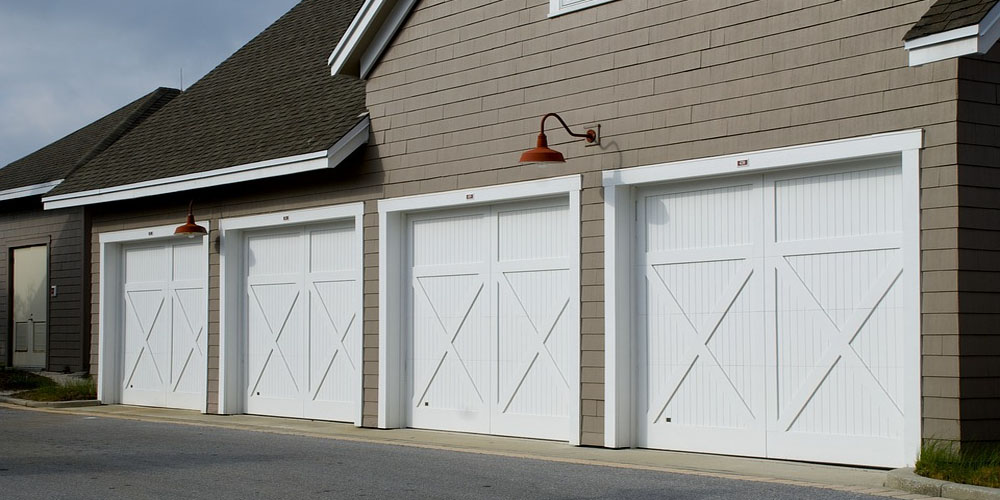Some people break down the process of looking for garage doors into very simple terms of trying to find something to fill a large hole in front of their home that looks good and is cost effective. That’s a good start. Cost, appearance, and functionality are, of course, an enormous part of the process, but safety, warranty, adaptability, and value should also be part of the mix.
Here are some general guidelines:
Insulation value
Some manufacturers tout the insulation value of garage doors. Most people question this concern since the garage in most homes is neither heated nor cooled. If insulation will be your concern, then foam insulation made in lightweight polystyrene can be a great idea to most of the doors if added. Insulated doors can help to minimize the amount of temperatures outside which enters to your garage, and thus keeping this more comfortable and convenient to you. The door that is insulated is typically quieter and has its attractive interior compared to those uninsulated door.
Appearance
There are a wide range of options out there. You don’t have to buy a white garage door with a lot of squares any more. In fact, some manufacturers can give you a door with no squares at all. Pattern and design options are multitude for most major manufacturers.
Material and Design
Steel garage doors come in embossed, ribbed, and flush designs. Garage doors may come in different materials like copper, glass, steel, and aluminum, that’s why there are multiple options to consider. You have more options than just the one door you may be looking at in the showroom. Some manufacturers specialize in customizing your door within a very short time, so lead time for a customized door with the right material and look is another option to consider.
Wind Resistance
If you live in a high-wind region, you’ll regret skimping on your garage door. The garage doors industry set standards on wind loads that a door should be able to tolerate. Make sure the door you’re looking at meets local building codes. Conventional garage doors usually can handle a wind load up to 35 mph, while others build one that is standard at 70 mph. Additional struts can increase the wind resistance on any door.
Garage Door Opener
Openers are usually available with a belt or a chain drive and a ½ or 1/3 horsepower drive. Power is usually only a factor in choosing an opener when a large door is involved. Safety standards initiated in 1993 require that a door reverse its direction when something crosses the path of photoelectric eyes in place that cross the door opening—a key safety feature. But new standards aside, many openers are still noisy and carry limited warranties. Noise can be a factor if there is a bedroom or room above the garage.
Safety
This is another defining difference among garage door manufacturers. The industry tends to be lightly regulated and so the range of safety options among manufacturers is quite broad. Each year the Consumer Product Safety Commission estimates there are thousands of injury associated with garage door use. In 2001, for example, there were an estimated 17,000 incidents related to the garage door, many involving children.

